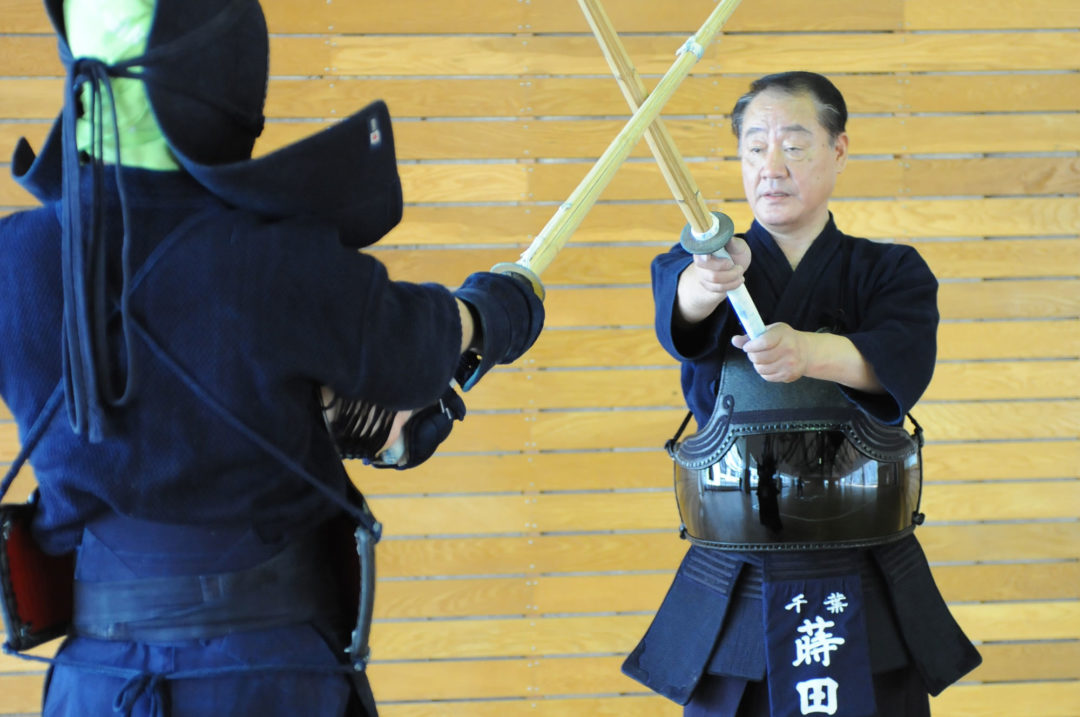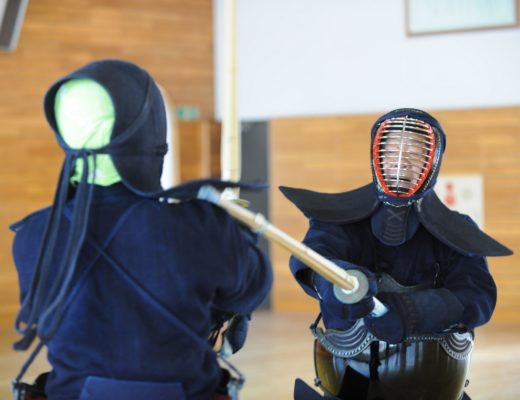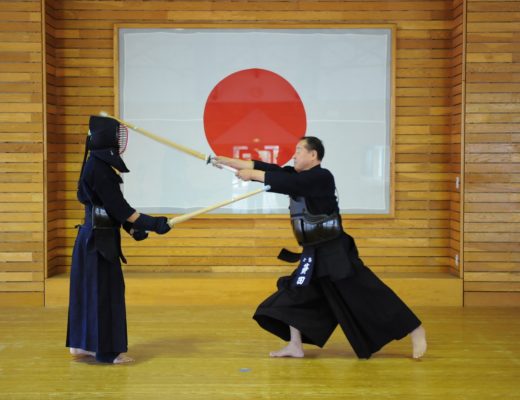2009.01 KENDOJIDAI
In 1984, Makita Minoru was hired by the International Budo University as an assistant professor at its opening. This university specializes in training Kendo instructors, and his students are active in the world of kendo in the Heisei era, including Teramoto Shoji (winner of the 55th All Japan Kendo Championship) and Wako Daisuke (runner-up in the 56th All Japan Kendo Championship).
As an athlete, he has also won the World Championship and won second place in the All Japan Kendo Federation’s 50th Anniversary 8th Dan Tournament. Makita Sensei will share with you his experience of teaching and competing in Kendo.
Part 1: The purpose of Kendo training
Part 2: Synchronizing Seme and striking
Part 3: Shikake-waza
Part 4: Oji-waza
Part 5: Benefits of Suburi for competitive scenarios
Part 6: Tips for Dan examinations
Makita Minoru, 8th Dan Kyoshi
Born in 1948 in Osaka Prefecture and went on to study at PL Gakuen High School and Tokai University. When the International Budo University opened in 1984, he became an assistant professor there. He participated in the WKC becoming the individual champion, took second place in the AJKF 8th Dan 50th Anniversary Championship and participated in the All Japan Championships, the Japan East West Tournament and the National Athletic Meet. He is currently the vice president of International Budo University and Kendo Club Instructor.
Loosen up the Kensaki to draw out strikes
Oji-waza are techniques in which you respond to a technique that your opponent is attempting by adjusting your technique. There are several types of techniques, such as Nuki-waza, Suriage-waza, Kaeshi-waza, and Uchiotoshi-waza, but all of them require more forethought than striking Shikake-waza (initiating technique). Apply Seme while maintaining the aforementioned forethought, and create a situation in which you can instantaneously perform your technique. I try to loosen my Kensaki to draw out my opponent.
If you wait for your opponent to perform a technique, you will always be late. In the ideal Oji-waza, the body reacts without thinking. It is important to do your regular Keiko with this in mind. When performing Oji-waza, your body may move past the opponent, or move in any direction, and is accompanied by the corresponding Shinai handling. When striking, always face the opponent.
Nuki-waza: Initiate from the waist and follow through with your strikes
The rest of this article is only available for Kendo Jidai International subscribers!





